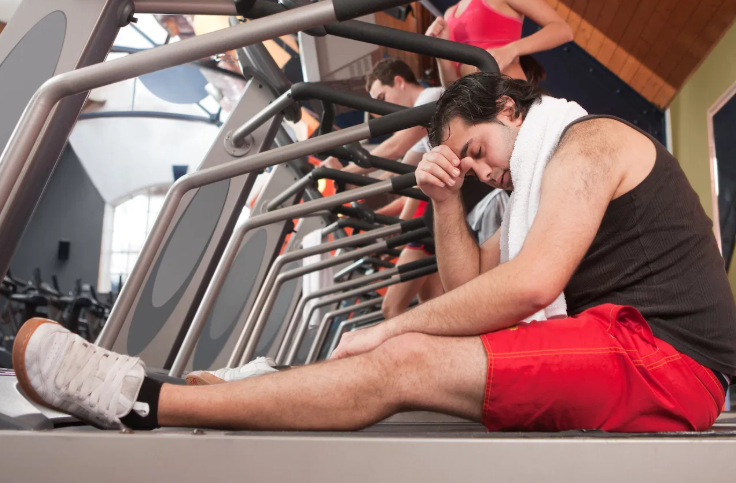Two critical tips to prevent low blood sugars during exercise
As if losing weight isn’t hard enough, one of the biggest hurdles those of us with T1D can add to the list is preventing low blood sugars around exercise.
Smith offers two key tips: “The timing of your exercise matters most. You have a few options. If you exercise before eating breakfast, before you’ve taken any insulin for meals, you’re more likely to burn fat for energy instead of glucose because you’re in a fasted state. This creates more stable blood sugar levels during your workout.”
Or, she adds, you could exercise right after a meal.
“Exercising right after you eat means two things. First, you’ll need to cut your meal dose down significantly, by anywhere from 30 to 70 percent depending on the person, duration, and type of exercise. It also means you’re reducing your total daily insulin, which is a good thing. And it means you’re not eating extra calories just to fuel your blood sugar for exercise,” Smith said.
Of course, there are a great number of variables involved in blood sugar management and exercise. Taking good notes and making careful adjustments is truly the only way to figure out exactly what your body needs for each different type of exercise and time of day.
DiabetesMine offers extensive guidance here: Type 1 Diabetes & Exercise: What You Need to Know.
A sustainable diet (and patience) is key
“It takes a long time to lose weight — regardless of diabetes,” emphasized Smith. “The human body does not like change. You get to a weight that you’re at for a while and your body gets used to that. It’s stressful to your body to lose weight — your body will do anything to resist it from happening!”
This is why slow weight loss is always more successful than a crash diet plan that produces big results too quickly, adds Smith. Your body will rebound right back to where it was before if you can’t sustain that stressful pace and whatever intense changes you made to your diet and exercise to create that fast weight loss.
“The reason diets most don’t work long term for most people is because they’re severe and inevitably short-term. If your plan is too low in calories or too rigid in what you can and cannot eat, most people will struggle to succeed with a plan like that.”
She poses this question to determine if your weight-loss diet plan is realistic: “Can you follow that diet until you’re 99 years old?”
The best diet is one that will accommodate you and your lifestyle, she cautioned.
“There is no one cut-and-dry plan that works for every single person. If there was, we would have this huge problem of diabetes diet and diabetes management solved!”
Personally, Smith says she eats her own plan that she jokingly refers to as “The Jenny Diet” — which includes dark chocolate every single day.
“The good majority of my day is all whole foods. How does your body respond to what you’re eating? If you can eat white bread every day and manage your blood sugar around that — and feel good — then you can enjoy your white bread!”
Smith uses her own body as an example again noting that she knows a high-carb lunch leaves her feeling lethargic and struggling with high blood sugars the rest of the day. Instead, she focuses her daytime meals on vegetables, hummus, some fruit, and other healthy protein sources.
“I enjoy my carbs later in the day — it works better for my energy and my blood sugars,” she adds. “Before you even start trying to lose weight, it may be time to look more closely at how you feel after the food choices you currently eat.”
For additional tips and details presented in Ginger Vieira’s article, click here. Thanks for sharing Ginger!

